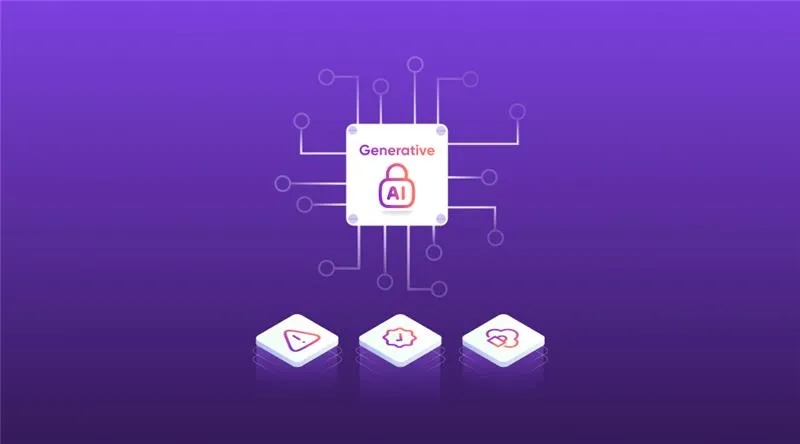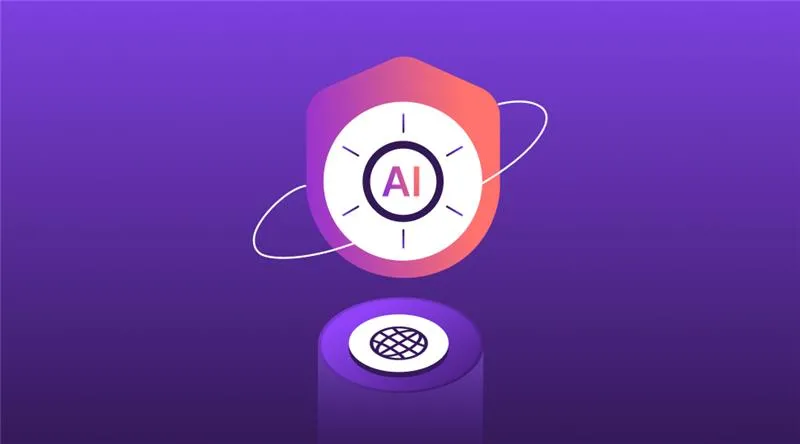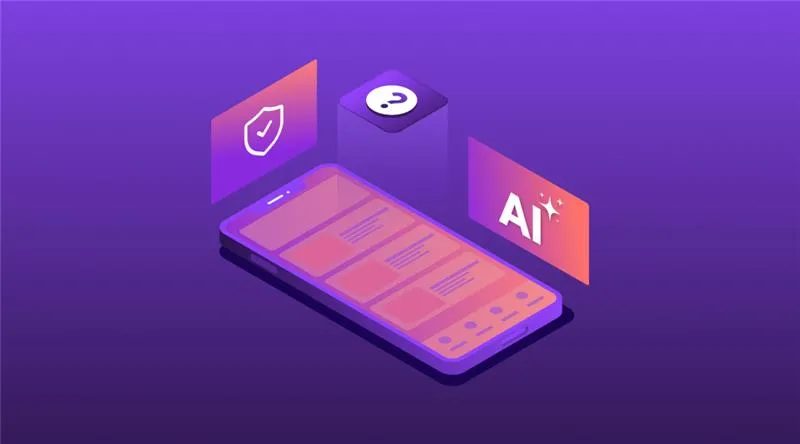Technology

5 min

Healthcare apps are everywhere right now, and for good reason. They’re making connecting with doctors, tracking your health, and managing care from your phone easier than ever. But here’s the thing: the more these apps handle personal health information, the more critical it becomes to protect that data. One major breach could cost your company more than just money; it could permanently damage your reputation. That’s where HIPAA comes in.

By Mayank Ranjan
13 May, 2025
HIPAA - the Health Insurance Portability and Accountability Act sets the standard for handling protected health information (PHI) in the United States.
Any app that stores, transmits, or interacts with PHI must meet these stringent requirements. A HIPAA-compliant healthcare App isn’t just a nice-to-have; it’s legally required if your app deals with patient data in the U.S. That includes medical histories, lab results, doctor’s notes, and prescriptions.
So, what exactly does HIPAA-compliant app development look like? It means securing your app from the ground up, encrypting data, controlling access, testing for vulnerabilities, and more. And if you're working on a telehealth app, there’s more to consider, like video privacy, chat encryption, and secure cloud storage.
In this guide, we’ll take you through what it takes to build a HIPAA-compliant mobile app. Let’s start building healthcare apps that patients can trust and meet every requirement from day one.
Let’s rewind a bit. In 1996, the U.S. government passed the Health Insurance Portability and Accountability Act, HIPAA. The goal was to improve how health information was handled, making it easier for people to keep their health insurance when switching jobs and ensuring that sensitive patient data stayed private and secure.
Fast-forward to today, HIPAA has become the gold standard for protecting personal health information in the digital age. Whether it's stored on a cloud server, sent through a mobile app, or accessed by a healthcare provider, any data that can identify a patient, like medical histories, lab results, or treatment plans, is considered Protected Health Information (PHI) under HIPAA. So why does this matter for developers and healthcare businesses?
Because if your healthcare app development deals with PHI in any form, it legally needs to follow HIPAA rules. That includes:
Failing to comply with HIPAA isn’t just risky—it’s expensive. Depending on the severity and intent, the U.S. Department of Health and Human Services (HHS) can issue fines ranging from thousands to millions of dollars. And that’s not including the PR nightmare or loss of trust with your users.
For example, if your HIPAA-compliant mobile app doesn’t properly encrypt patient data and that data gets exposed in a breach, you could be liable, even if it was an honest mistake. Worse, your users may never trust your product again.
HIPAA isn’t just about following the law—it’s about doing the right thing for your users. It gives people peace of mind that their health information is safe, secure, and only seen by those who need to see it.
If you're serious about building a healthcare app that people can rely on, HIPAA-compliant app development must be a part of your process.
When building a HIPAA-compliant Healthcare App, knowing who’s legally responsible for protecting patient data is essential. Spoiler alert: it’s not just hospitals and doctors. If your business or software touches any Protected Health Information (PHI), you may be required to comply with HIPAA.
HIPAA outlines two main groups that must follow its rules:
If you’re developing a HIPAA-compliant mobile app, and your app stores, transmits or accesses PHI even temporarily, you fall under the “business associate” category. Like any hospital or healthcare provider, you must follow HIPAA’s privacy and security rules. especially when integrating AI in healthcare apps.
Any third-party services you use, like cloud platforms (AWS, Azure, Google Cloud) or APIs that process health data, must also be HIPAA compliant. You’ll need a Business Associate Agreement (BAA) to ensure everyone involved is legally and technically on the same page.
For example, if your telehealth app uses a third-party video conferencing tool to host patient-doctor calls, that provider must also comply with HIPAA and sign a BAA. If they don’t, your app could be considered non-compliant, even if everything else is secure.
Bottom line? HIPAA compliance applies if you touch PHI at any stage of the app lifecycle.
Before diving into HIPAA-compliant app development, being familiar with the four major HIPAA rules is important. These aren’t just legal checkboxes—they directly impact how you design, build, and maintain your healthcare app.
This rule governs who can see or share Protected Health Information (PHI). It ensures that patient data isn’t accessed or disclosed without proper consent, except in particular circumstances (like treatment or billing).
Implication for developers: Your HIPAA-compliant mHealth App must include access control features. This means role-based access permissions, so patients, doctors, and admin users see only what they should. For instance, an admin shouldn’t be able to view patient test results unless necessary.
The Security Rule focuses on how PHI is stored and transmitted electronically. It requires physical, technical, and administrative safeguards to protect sensitive data.
Implications for development: You must implement strong data encryption, secure login systems (like 2FA), and regular security audits. If you’re building a HIPAA-compliant mobile app, this also means protecting data on the device, not just on the server.
If there’s a data breach, this rule mandates that affected parties be notified within a specific timeframe, typically within 60 days.
Developer takeaway: Logging and monitoring are necessary to detect suspicious activity. Your app should also have a clear response protocol so you’re not scrambling to figure it out.
The Enforcement Rule outlines what happens when HIPAA rules are broken, and the consequences aren’t light. If your app exposes or mishandles patient data,
The fines are based on the level of negligence and how quickly the issue is addressed. Here's how it typically breaks down:
And it’s not just about the money. Violations can lead to investigations by the Office for Civil Rights (OCR), loss of business partnerships, and irreversible damage to your brand's reputation.
Example: Imagine launching a HIPAA-compliant mobile app that uses a third-party messaging API without a Business Associate Agreement (BAA). If that API provider mishandles PHI and a breach occurs, your company could still be held responsible.
In Short: If your app handles PHI (Protected Health Information), you must follow all four HIPAA rules. Understanding them will help you build a compliant, secure, and trustworthy product before it’s too late.

Now that you understand the rules, let’s discuss how to apply them. Building a HIPAA-compliant healthcare App means more than adding a privacy policy; it requires embedding security and compliance into every application layer.
Below are the must-have features that will help ensure your app is built to meet HIPAA standards from day one.
Encryption is non-negotiable. PHI should be encrypted in transit (when sent between servers or devices) and at rest (when stored in a database or on a device). Use TLS 1.2 or higher for data transmission. Implement AES-256 encryption for data storage. Ensure encryption keys are secure and rotated regularly.
🔐 Developer Tip: Even for a HIPAA-compliant mobile app, local storage should be encrypted, especially if the app supports offline use.
Not everyone should have access to everything. HIPAA mandates role-based access, meaning users only get the data they need. Implement multi-factor authentication (MFA). Set session timeouts and automatic logouts. Restrict admin access to PHI unless necessary.
Example: A nurse should only see the patients they treat, not the entire hospital's list.
Where you host your data matters; your infrastructure provider (e.g., AWS, Google Cloud, Microsoft Azure) must support HIPAA compliance. Use HIPAA-eligible services and regions. Configure firewall, VPN, and DDoS protection. Enable access logging and secure storage buckets.
Pro Tip: Ensure your telehealth app doesn’t store video sessions or chat logs on non-compliant servers.
You need a digital paper trail. HIPAA requires apps to maintain logs that track who accessed PHI, when, and what actions were taken. Record logins, data views, updates, and file downloads. Make logs tamper-proof and regularly audited. Store logs securely and retain them for a minimum period (often 6 years).
Why it matters: Audit logs can prove your compliance and protect your business in a breach or legal dispute.
Patients have the right to know how their data is used and to give permission for it. Your app should make it easy for users to provide (and revoke) consent for data sharing. Include clear opt-in and opt-out functionality. Record time-stamped consent logs. Allow users to access their own data and privacy settings.
Good UX: Make the consent process transparent without overloading users with legal jargon.
Losing PHI is just as bad as leaking it. HIPAA requires disaster recovery and backup procedures to ensure data isn’t lost during a system failure or cyberattack.
Scenario: If your app server goes down, a reliable backup ensures users’ health records are restored quickly, with no data loss.
Here’s a quick checklist you can reference during development:
These features aren’t just best practices but the building blocks of any secure and compliant healthcare app. Integrating them early in the development process will lay the foundation for a product that users can trust and regulators can approve.

Developing a HIPAA-compliant healthcare App isn’t just about writing secure code—it’s about building a full ecosystem that protects patient data from end to end. Below is a step-by-step guide that outlines exactly how to get there, whether you're building a patient portal, a health tracking tool, or a full-fledged telehealth app. Let’s break it down.
Before writing a single line of code, identify all the places your app will collect, store, or transmit Protected Health Information (PHI). This includes personal identifiers, medical histories, and anything else tied to a patient’s health.
Why it matters: You can’t protect what you don’t know exists. This step is required under HIPAA and forms the foundation for your compliance plan.
HIPAA requires three types of safeguards:
Example: Even if your HIPAA-compliant mobile app is airtight, your compliance can fall apart if team members don’t follow protocol or have no formal data access policy.
Your cloud provider plays a huge role in compliance. Platforms like AWS, Google Cloud, and Microsoft Azure all offer HIPAA-eligible services, but you must configure them properly and sign a Business Associate Agreement (BAA).
Pro Tip: Hosting your telehealth app on a non-compliant provider can violate HIPAA, even if the app itself is secure.
Build with privacy in mind from the very beginning. The less data you collect and store, the fewer risks you’ll face.
Good UX is secure UX: Avoid auto-filling sensitive fields or showing medical data on public screens.
Now, it’s time to get technical. Writing secure code is about more than avoiding bugs—it's about eliminating potential entry points for data breaches.
Developer Tip: Always keep third-party libraries up to date to avoid inheriting known vulnerabilities.
Before launch, your app must undergo thorough QA, not just functional but HIPAA-specific testing.
Checklist:
Anyone you work with who handles PHI, such as hosting providers, API vendors, or customer support tools, must sign a Business Associate Agreement.
Real-world case: Using a third-party messaging service in your app? No BAA = you’re out of compliance.
Compliance isn’t a one-and-done task. After launch, you must monitor and update the app as threats evolve regularly.
Continuous improvement: The best HIPAA-compliant apps treat compliance as an ongoing responsibility, not just a launch milestone.
By following these eight steps, you’ll be well on your way to building a healthcare app that’s secure, compliant, and trusted by users and partners alike.
mHealth apps have transformed how we access healthcare, making it possible to consult doctors, therapists, and specialists from home. But this convenience comes with a responsibility: keeping virtual care private and secure as an in-person visit.
mHealth platforms face a few extra layers of complexity when developing HIPAA-compliant healthcare apps. Why? They deal with highly sensitive, real-time patient data through video calls, messaging, screen sharing, and cloud-based documentation, all of which must be protected under HIPAA.
Here’s what to keep in mind:
Telehealth video sessions must be encrypted end-to-end, meaning only the patient and provider can access the conversation—no one else, not even your app’s backend.
Many apps include chat or live text features. These messages often contain Protected Health Information (PHI) and must be handled carefully.
Your telehealth app will likely connect to EHR systems, appointment schedulers, or cloud storage. Every API must be secured using tokens, access controls, and proper encryption.
Even with the best intentions, it's easy to overlook critical details when building a HIPAA-compliant healthcare App. Unfortunately, small mistakes can lead to major legal, financial, and reputational damage.
Here are some of the most common pitfalls developers and startups should avoid during HIPAA-compliant app development:
Many developers focus on encrypting data in transit (which is crucial) but forget to encrypt it when it’s sitting idle in databases or cloud storage.
Why it matters: If someone gains unauthorized access to your storage environment, unencrypted PHI can be exposed in seconds. Always use strong encryption (like AES-256) for stored data.
If your app integrates with third-party services—like video conferencing tools, cloud hosting, or analytics platforms—and those tools handle PHI, you must have a signed BAA.
Example: Using a messaging API without a BAA instantly makes your app non-compliant, even if the rest of your app is secure.
HIPAA requires strong access controls, but many apps still allow basic passwords or fail to implement role-based permissions.
Fix it: Enforce multi-factor authentication, set session timeouts, and restrict user access based on job function or role.
HIPAA mandates that users and regulators be notified of data breaches within 60 days. Failing to act quickly—even due to a lack of proper monitoring—can result in massive fines.
Solution: Set up real-time alerts and automated logging to catch suspicious behavior early.
Avoiding these mistakes will keep you compliant and help you build a safer, more trustworthy healthcare product that patients and partners can rely on.
Building a HIPAA-compliant healthcare App is more complex and expensive than building a standard mobile app. On average, the healthcare mobile app development costs range from $75,000 to $300,000, depending on the features, compliance depth, and infrastructure choices.
Why the wide range? HIPAA compliance touches every app layer, from how you design the backend to how you handle user logins and data encryption.
A robust server-side system that handles Protected Health Information (PHI) and supports encrypted data flows required to develop healthcare apps. Custom database structures and microservices will increase the price.
HIPAA demands advanced security features like end-to-end encryption, audit trails, access controls, and multi-level authentication.
These HIPAA-compliant apps can't be launched without rigorous testing. Specific penetration testing and compliance audits are essential to avoid legal issues.
Choosing a HIPAA-compliant cloud provider like AWS or Azure involves additional configuration and costs. You must also sign Business Associate Agreements (BAAs) with all your vendors.
While upfront costs may seem steep, the long-term ROI is worth it. By reducing the risk of data breaches and building trust with users, you’re protecting your brand and opening the door to long-term partnerships in the healthcare industry.
💡 Want to dive deeper into pricing? Check out our detailed guide on mobile app development costs.
At Quokka Labs, an innovative app development company, we understand that building a healthcare app isn’t just about sleek design and user experience, it’s about creating a product that users and regulators can trust. We follow a rigorous, security-first process for every HIPAA-compliant app development project.
We start with in-depth HIPAA risk assessments and system architecture planning. Our developers work with a secure-by-design mindset, integrating encryption, role-based access, and secure APIs from day one. We use cloud platforms like AWS and Microsoft Azure, which are configured for HIPAA compliance and backed by signed Business Associate Agreements (BAAs).
Our stack includes:
Proactive planning is key, whether you're building a patient-facing app or an internal health analytics tool. Don’t treat HIPAA as an afterthought—it should be built into your strategy.
Generative AI Implementation Strategy: From Concept to Deployment (Step-by-Step Guide)
By Sannidhya Sharma
5 min read
How to Design a Web App: From Wireframes to Working Prototype
By Dhruv Joshi
5 min read
How Much Does Generative AI Development Cost in 2026?
By Dhruv Joshi
5 min read
How to Build an AI Adoption Roadmap That Ensures Measurable ROI
By Garima Saxena
5 min read

Technology

7 min
Generative AI is moving fast into enterprises, from banks to hospitals to government agencies. Adoption is rapid, but security planning lags. Unlike traditional systems, these models can be exploited through prompt injection, poisoned data, or manipulated to leak sensitive information. They are also misused for phishing, deepfakes, and malicious code.


Technology

7 min
AI-powered Web Application Firewalls (WAFs) go beyond static rules by using machine learning, anomaly detection, and predictive analysis to block zero-day threats, reduce false positives, and protect APIs at scale. Unlike traditional WAFs, they self-learn, adapt in real time, and cut operational costs while improving compliance and trust.


Technology

5 min
AI is redefining mobile app security by transforming how threats are detected, tested, and prevented. From continuous monitoring and fraud detection to compliance with regulations, AI ensures apps remain resilient against modern risks. This means safer apps, protected users, and stronger businesses. Investing in AI-driven security today builds trust, drives growth, and secures long-term competitive advantage.


Feeling lost!! Book a slot and get answers to all your industry-relevant doubts